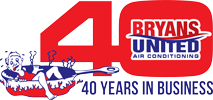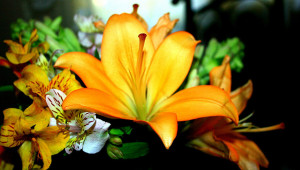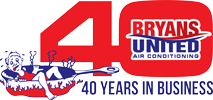Our warm, moist climate can be a challenge for homeowners looking to prevent indoor air pollution. We frequently have to close up our homes to keep the temperature comfortable and the moisture at a minimum, and that means it can be hard to ventilate adequately. Pollutants have nowhere to go except to be drawn into the HVAC system and re-circulated in our air.
Following is an explanation of the types of pollutants that are of concern to New Orleans homeowners and what to do about them.
Pollutants
- Dust comes in on our clothes and shoes, as well as pets. It’s composed of waste matter and broken-down earth, but can also be mixed with insect particles, human and pet skin flakes and dust mites.
- Mold, mildew, and fungus reproduce by spores in a moist location.
- Pollen entering the home from outdoors is a problem for people who suffer with allergies.
- Volatile organic compounds, or VOCs, are given off by pressed wood, household chemicals for cleaning and hobbies, and paint.
- Carbon monoxide from burning candles or incense, or from the combustion of gas appliances, can pollute your air, as can radon, which drifts upward into the house from the earth below.
Solutions
Here are six tips for dealing with air pollution.
- Use a better air filter. Filters are rated in the HVAC industry with the minimum efficiency reporting value (MERV). Choose a pleated filter from MERV 5 to 8.
- Install ventilation in the kitchen and bathroom, and make sure the air is exhausted outdoors to decrease dampness.
- Vacuum frequently with a vacuum equipped with a high-efficiency particulate air (HEPA) filter.
- Reduce the amount of chemicals you use in your home. Use natural products like vinegar for cleaning and buy solid wood furniture whenever possible.
- Have the indoor air quality tested and find what pollutants are of concern.
- Install a whole-house air cleaner. Ask your HVAC consultant which type is best for you.
For more information on how to prevent indoor air pollution, contact us at Bryan’s United Air Conditioning, serving the metro New Orleans area.
Image via Flickr


